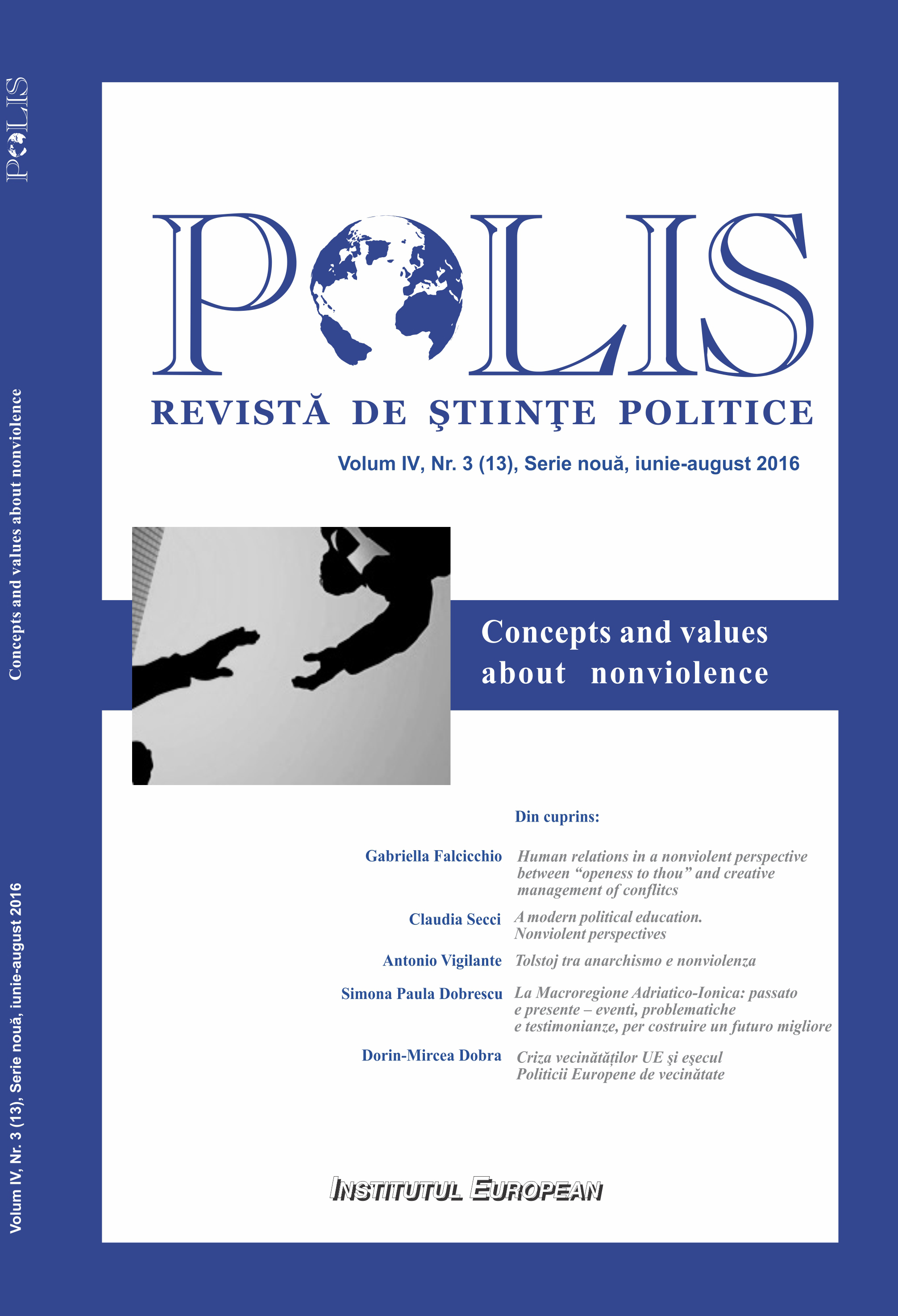Dinamica demografică în perioada post-1945 și implicațiile ei (geo)politice
Demographic Trends Since 1945 and its (Geo)Politics Influences
Author(s): Aurelian GiugălSubject(s): Security and defense, Demography and human biology, Migration Studies
Published by: Editura Institutul European
Keywords: demography; population aging; immigration; geopolitics; security policies
Summary/Abstract: The world population has constantly increased post-1945. This trend has been unequal, there were significant differences between both continental & regional, developed & underdeveloped spaces. The increase in the developing world has been contra-balanced by decreasing in the developed countries. Additionally, as a consequence of low level fertility, the developed countries are affected by the phenomenon of aging population. Consequently, pro-immigration policies have been implemented in western societies. Under these circumstances, the percentage of Muslim and African population in Europe has lately increased. In this context, this article discusses these regional and continental demographic differences, trying to underline political influences generated by post-WWII demographic trend. Given the background, we state that immigrants from Western countries significantly influence the electoral behaviour. Moreover, recent tensions have changed security policies in the European and North American (USA) cities. Last but not least, demographic evolutions have geopolitical impact.
Journal: Polis. Journal of Political Science
- Issue Year: IV/2016
- Issue No: 13
- Page Range: 121-136
- Page Count: 16
- Language: Romanian

